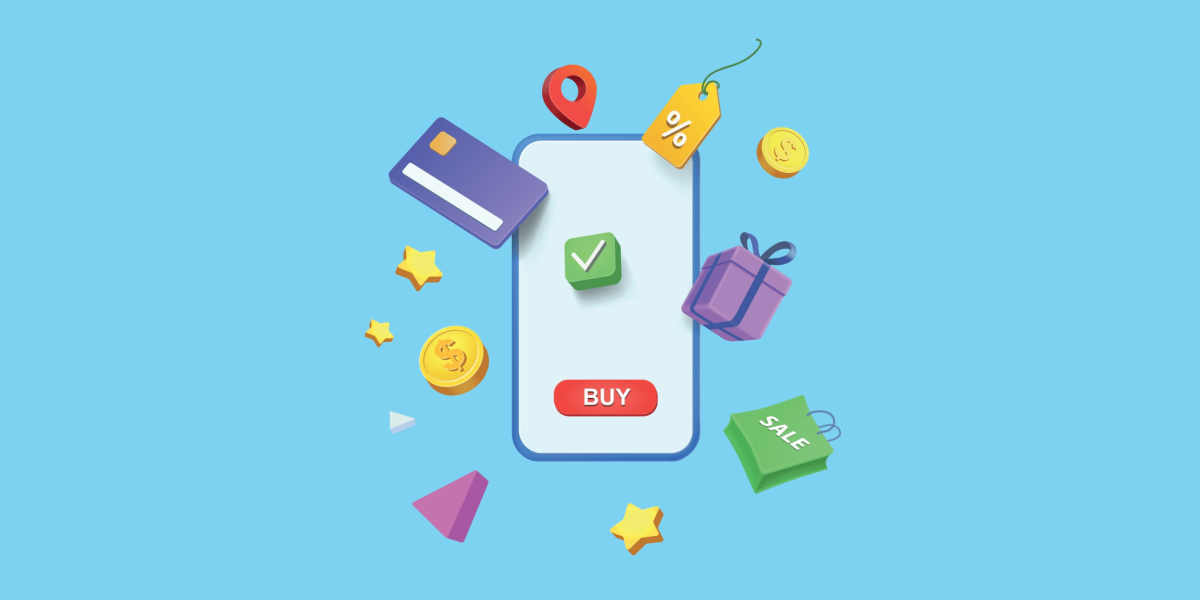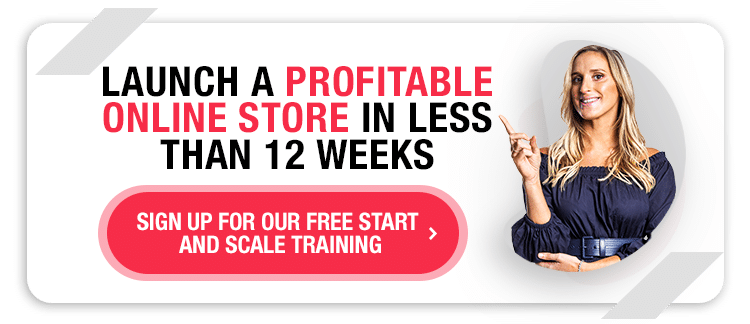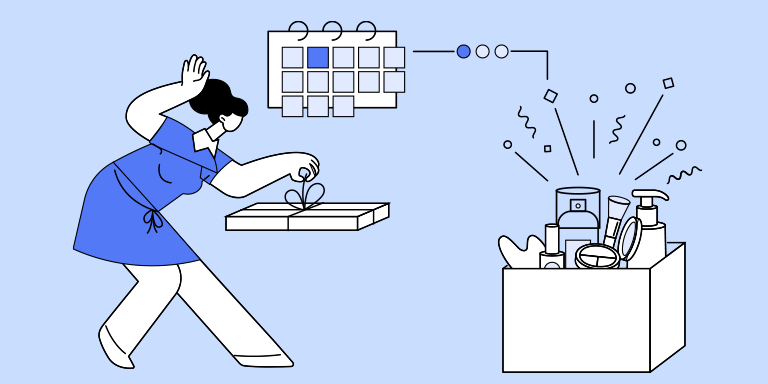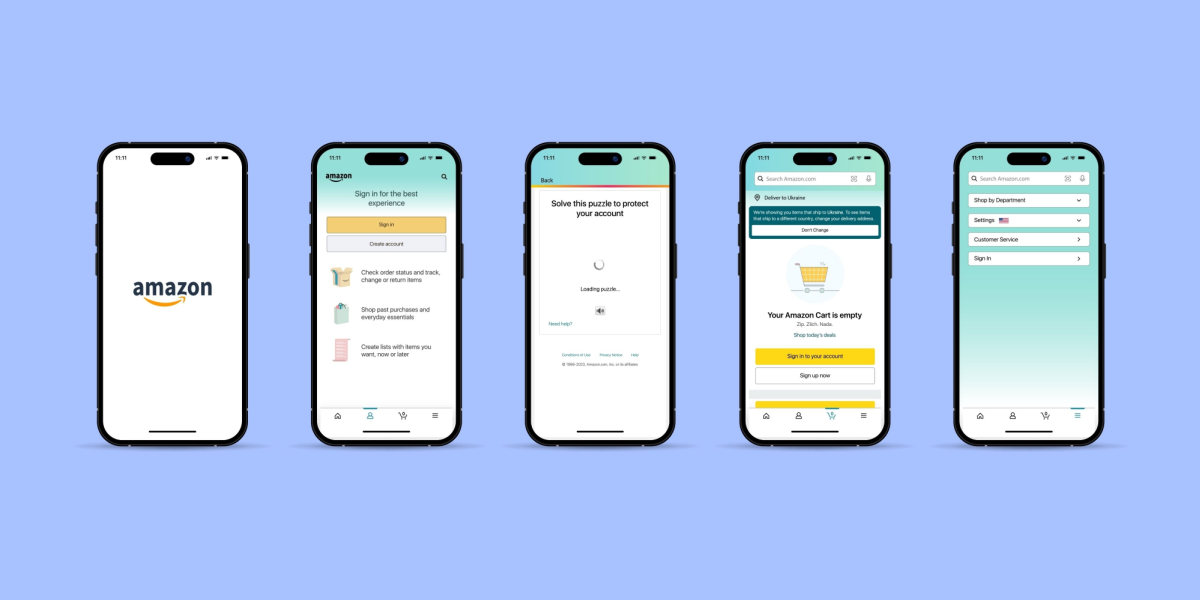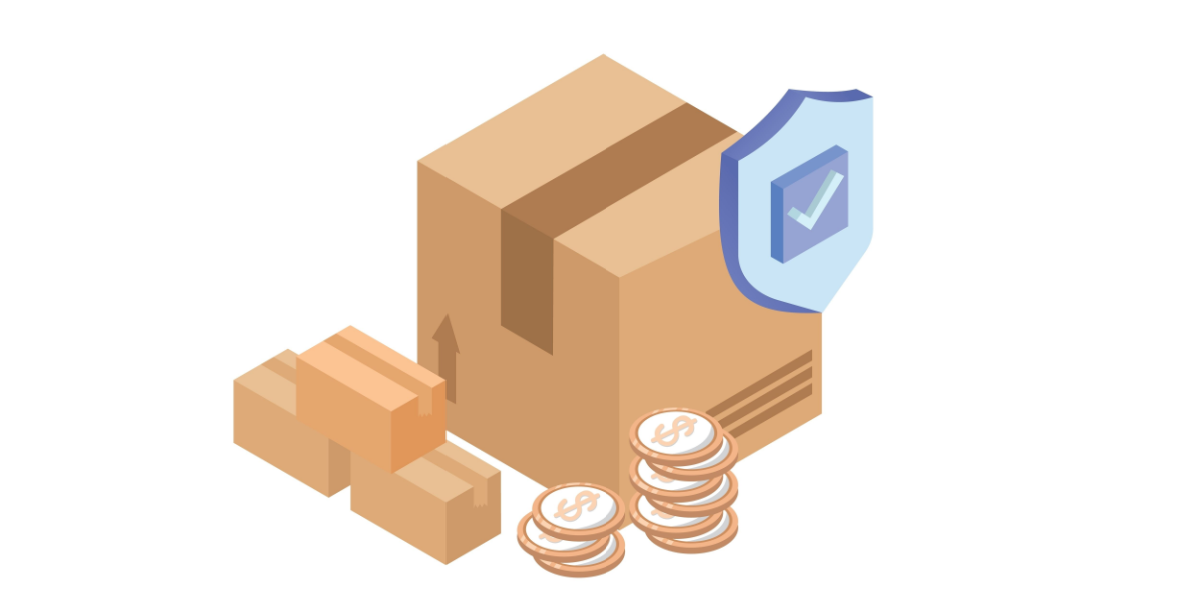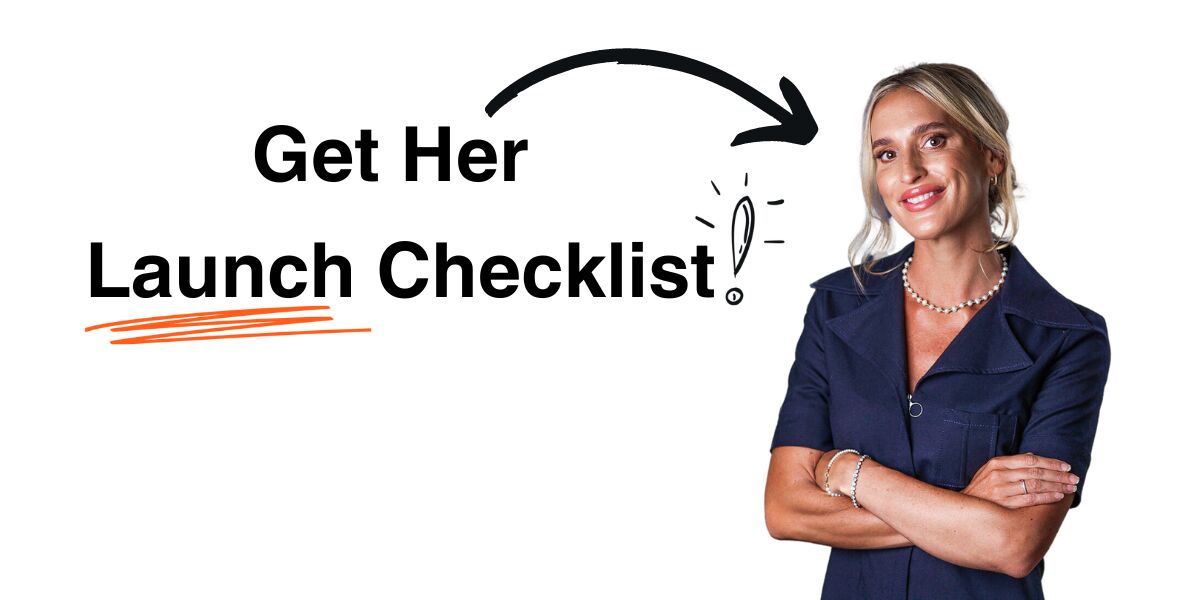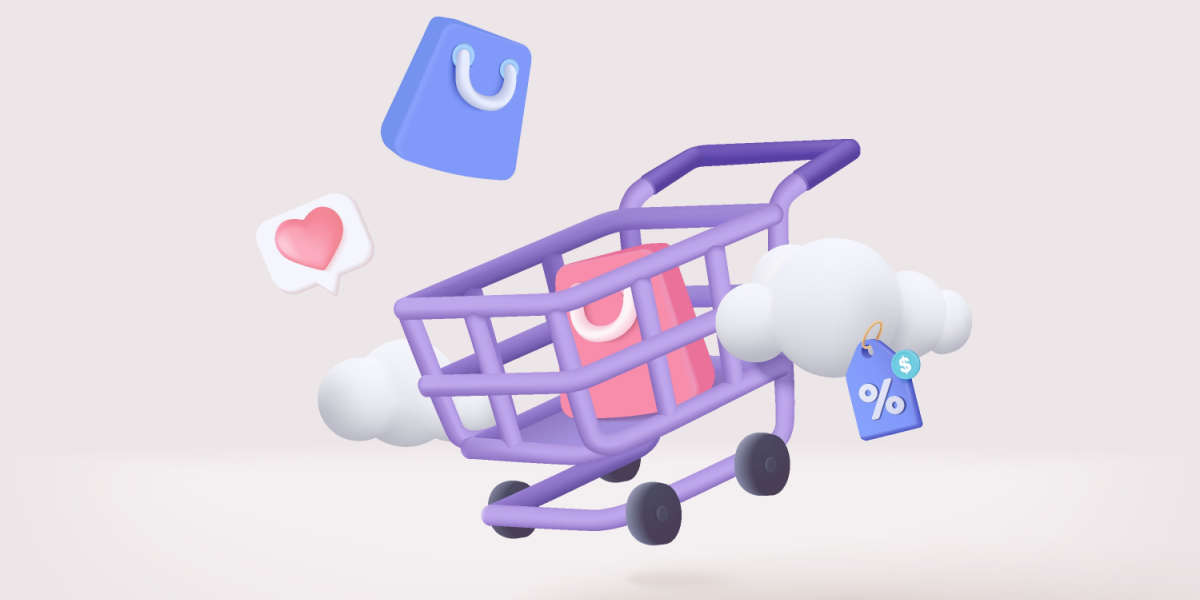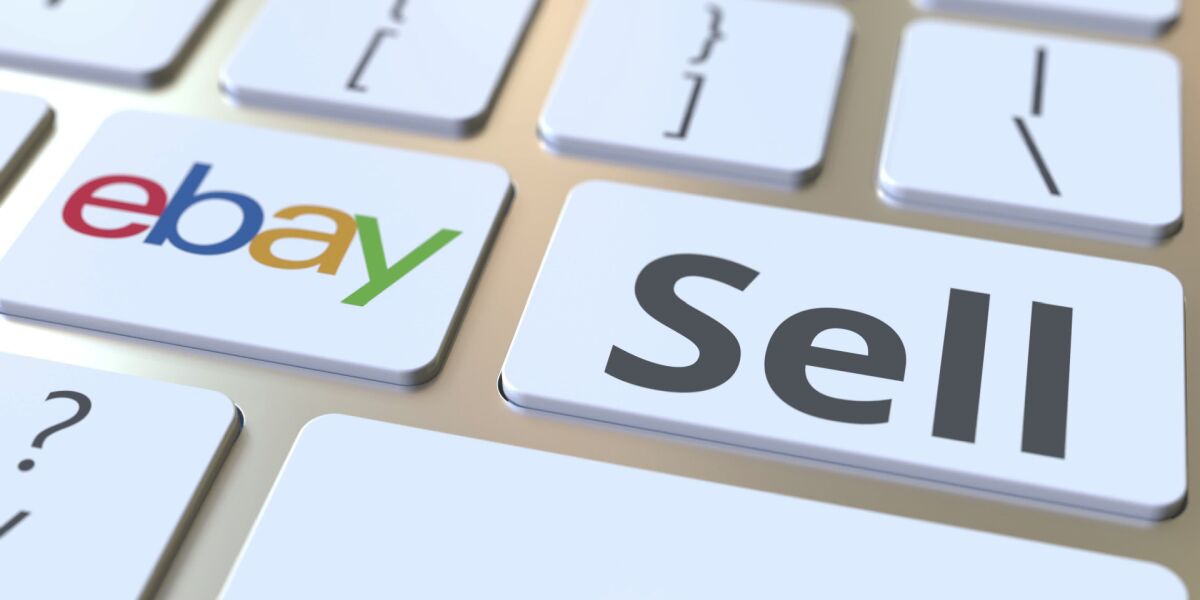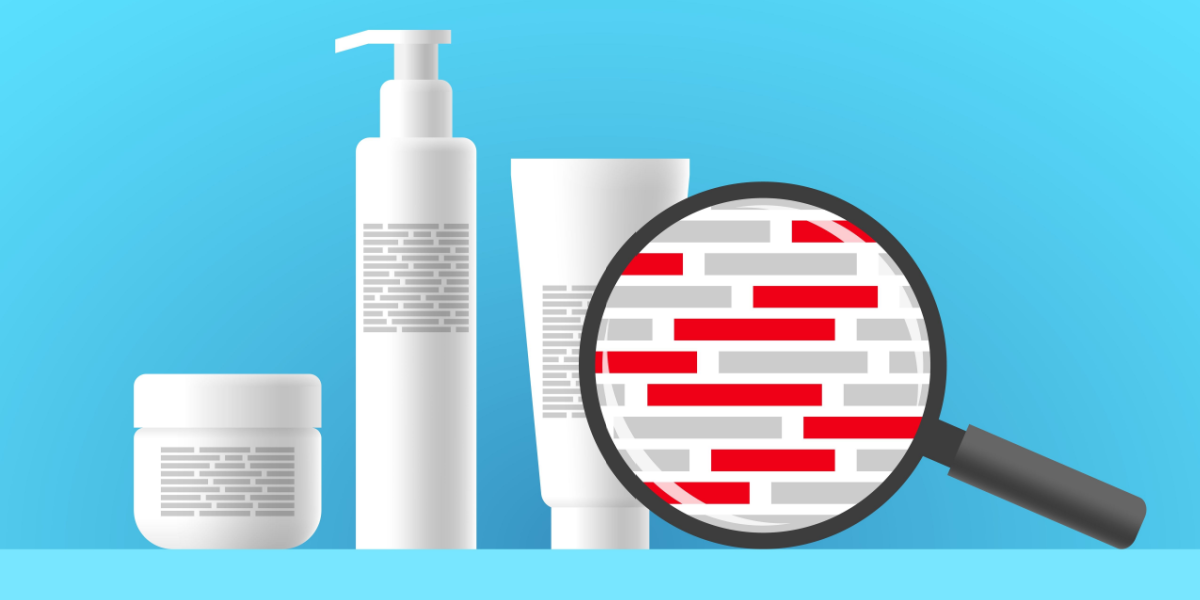Setting up an ecommerce business is one thing, but turning it into a rip-roaring success is a whole other kettle of fish.
Fortunately, Shopify has got you covered with a wide variety of apps that you can use to kickstart your business or take it to the next level.
After all, the more successful your brand is on Shopify, the more money it makes, the referrals it gains, and the long-term users it secures.
It’s certainly a win-win relationship.
But with so many different Shopify apps to choose from, how do you know which ones are worth your hard-earned time and money and which ones you can do without?
Well, this time, we’ve got you covered!
We’ve created a list of the best Shopify apps in 2025 to help you pick the perfect ones for your brand.
Whether it’s support with selling, customer chat integrations, or any other aspect of your business, chances are there’s an app for it.
Let’s look at the very best ones in 2025.
Before diving into the best Shopify apps, let’s talk about why Shopify is the top choice for ecommerce entrepreneurs.
With millions of businesses using it, Shopify is more than just an online store builder—it’s an all-in-one platform designed to help you grow. From built-in tools to a vast app marketplace, you can customize and optimize your store for success.
Start your Shopify store today with a free trial. Sign up here.
Don’t Skip: The Absolute Best Premium and Free Shopify Templates
Your Best Shopify App Options in 2025
1. Shopify Ship, Rate, and Track for FedEx – the best app for international shipping
If your business operates internationally, first of all, congratulations! Second of all, you will be all too aware of how expensive shipping to other countries can be. Whether you have recently gone internationally or done so for several years, prices are steep and show no signs of dropping.
However, it can be more manageable with the FedEx app, which allows you to manage your deliverability and quality of service. You’ll also get real-time pricing, which is essential as you strive to streamline your processes and save money.
2. Reveal – the best app for customer analysis
This robust customer data platform helps you get down and dirty with analysis without breaking a sweat. Reveal’s dashboard breaks down your cost of acquisition, NPS (Net Promoter Score), gross margin per customer type, CLV (customer lifetime value), retention rate, and more. If you want happier customers and sustainable sales, a paid tool like Reveal is an absolute must.
3. AliExpress – the best app for sourcing a supplier
It’s hard enough figuring out which products to sell, but finding the right supplier can be an even trickier process. This is where AliExpress comes in, helping you locate your chosen products and add them to your store.
When customers make purchases, they are handled by the drop shipper, making an app such as FedEx obsolete. Of course, whenever you’re outsourcing a service like this, you’ll want a tool like
Reveal to track the results to ensure your customers are getting a good experience. It’s worth noting that AliExpress has both free and paid options.
4. Outfy- the best app for social media content
Creating content on social media requires time, resources, and expertise. But if you don’t mind paying a moderate amount each week, the Outfy team will just make the social content for you. Their whole goal is to drive traffic from Facebook, Instagram, and elsewhere to your store.
The app has a 7-day free trial, so it’s worth checking out to decide if you want to find the budget necessary to enlist the help of Outfy to scale your social output.
5. Omnisend – a powerful tool for ecommerce email marketing
Staying connected with your customers is essential for long-term success. Omnisend, a paid app built specifically for ecommerce, makes it easy with pre-built email and SMS automation, plus powerful segmentation tools to reach the right people at the right times.
Its abandoned cart workflows are highly effective, and once your audience subscribes, you can engage them with newsletters, promotional emails, and automated follow-ups—all in one platform.
Not only that, but when you use code FOUNDR50 at checkout, you also get 50% off your first three months of a paid plan. Simply copy the code and enter it at checkout to activate your discount. Click here and start today.
6. Offset – the best app for eco-friendly brands
Many customers want to know what you’re doing to help the environment. With Offset, you can calculate the emissions caused by your business operations.
Those shipping-related emissions are tracked in the dashboard, where you then have the chance to make small payments toward earth-friendly initiatives. You can then share the positive impact stats with your customers to quantify the difference your business is making in the world.
7. Doofinder – the best app for user experience
All the purchase intent in the world doesn’t amount to anything if you can’t find the thing you want to buy. Doofinder addresses this issue head-on by making it easier than ever for visitors to search your online store. If you care about the customer experience, this is definitely a paid app you should check out.
8. Smile.io – the best app for loyalty programs
You can help convert first-time customers into long-time friends with a rewards app like Smile.io. Using this paid tool, you can create a program that helps your customers feel valued.
The details of the program will be totally customizable, but the common denominator throughout all Smile.io programs is that customers are rewarded for their loyalty and encouraged to visit your store again and again.
9. Matrixify – the best app for bulk product edits
When it comes to managing detail changes for many products, doing each one manually can be a time and morale killer.
Fortunately, with the free app Matrixify, you can quickly update relevant fields without losing any data or information along the way. This tool is vital for anyone who needs to change the inventory of a product, the pricing of a range of products, and so on.
10. SuperLemon – the best app for live chat support
2023 saw more brands than ever start to offer their customers WhatsApp support, and it’s safe to say that clients have loved this change.
With SuperLemon, you can easily add a Whatsapp live chat feature to your site, allowing you to handle customer queries in real-time from your phone, keeping the customer on your website, and improving conversion rates.
What You Need to Know About the Best Shopify Apps
Shopify’s user experience is designed to be as simple and as streamlined as possible.
Their goal? Make Shopify as easy as possible to use to attract as many passionate business owners to use their service.
However, it does mean many of the additional services you need for your brand must be implemented well, additionally.
Thankfully, Shopify introduced its very own app store in 2018, and there are now thousands of free and paid apps that you can choose from.
How Shopify Pricing Tiers Can Impact Your App Selection
In addition to choosing the right apps for your website, you should also pay close attention to Shopify’s pricing tiers. Some of the functions you might be seeking from an app could actually be included with a higher Shopify tier, which is why it’s essential for you to understand their costs and features.
Here are the six pricing options offered by Shopify:
- Free 3-day trial, then $1 per month for three months
- Shopify Starter: $5 a month
- Basic Shopify: $39 a month
- Shopify Retail: $89 a month
- Shopify: $105 a month
- Advanced Shopify: $399 a month
The 3-day trial obviously isn’t a true payment tier. But it’s worth mentioning here because it’s the best way to experience the platform and get a feel for what your business will need in order to thrive.
With Shopify Starter, you get an extremely low price. However, this tier provides only the ability to accept payments through an already-established website. You don’t get access to Shopify’s builder or the chance to make a new ecommerce site. So unless you’re only looking to add a “Buy Now” button to your website, you’ll need to move up to a higher tier.
The most popular option is Basic Shopify, which provides a solid foundation for your ecommerce store. A couple of notable features you get at this tier are the abandoned cart saver and unlimited sales (other platforms often limit your sales at this middle tier).
There’s a big price increase associated with the Shopify tier, but you receive access to a suite of advanced tracking tools. You’re also able to accept payments from more international locations.
Keep Learning: The Ultimate Guide to Shopify SEO Tools
Start, Scale, and Shopify Successfully
With the right applications in place for your brand, there will be no stopping you from your business venture.
To make sure you give yourself the best chances of starting your business on the right foot and effectively scaling it as you grow in your industry, be sure to check out our Start & Scale masterclass.
Here, you will learn everything you need to know about testing ideas, improving your customer experience, and, most importantly, ramping up your sales.
—
This article was updated with support from Graeme Whiles.
